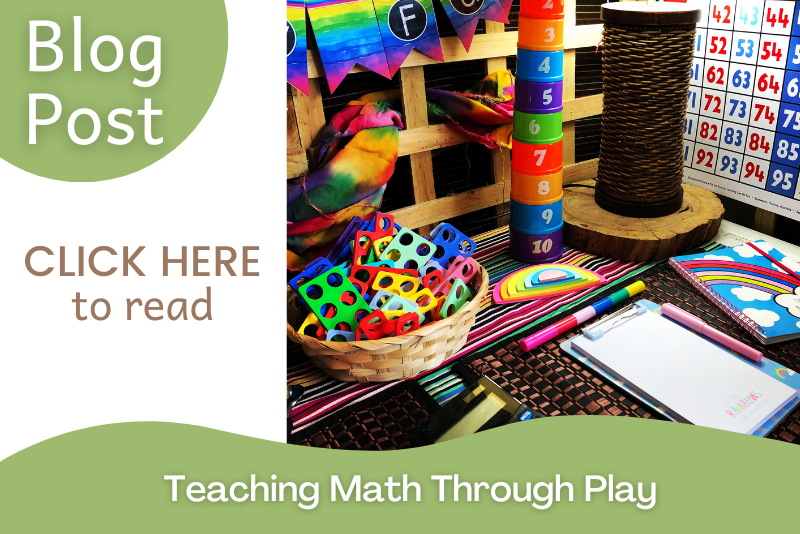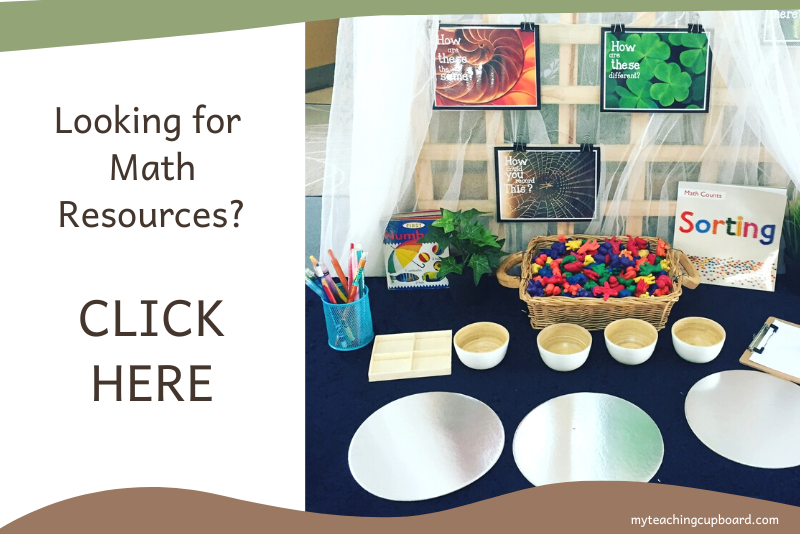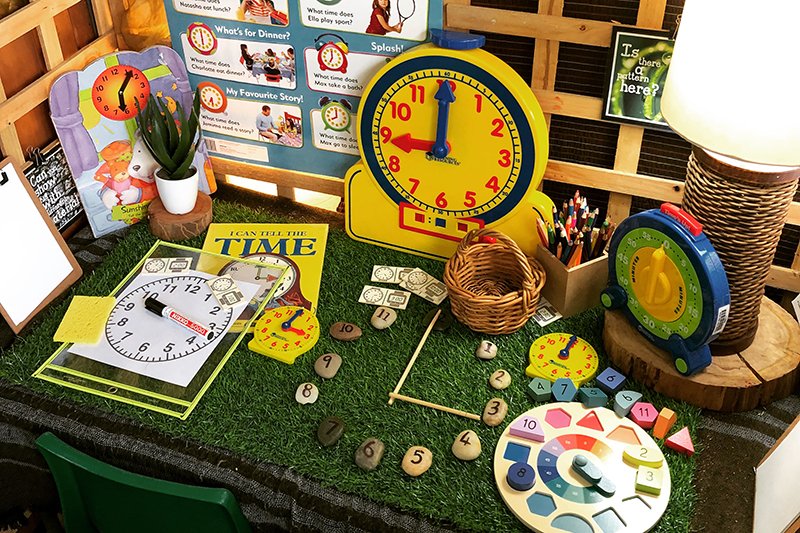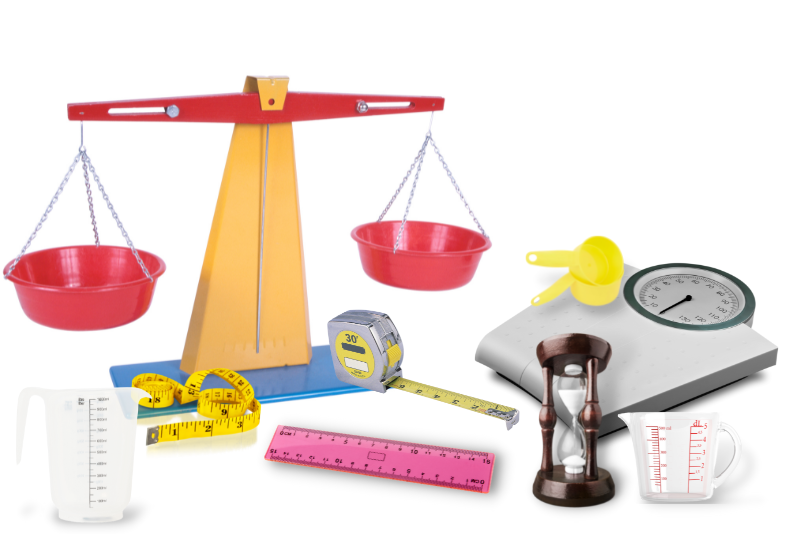9 Fun Hands-on Measurement Activities for Kindergarten
How do you teach measurement in kindergarten? It isn’t the easiest math skill to teach that’s for sure! For young children to master measuring, they need to have pretty good fine motor skills and basic number sense concepts.
Preschool and kindergarten children learning to measure also need to learn a lot of new vocabulary along with new mathematical rules and procedures. That’s a lot for children to grasp. No wonder measuring concepts can be difficult for some children.
But it really doesn’t have to be.
I’ve compiled a heap of practical and fun measurement activities your kindergarten and preschool children will not only find success with but also love.
Measurement is an important math skill with many real-world applications. Your students will build the foundations of measuring in kindergarten and preschool. These foundational skills will be built upon next year in first grade and then year after year as more difficult measurement concepts will be introduced at each grade level.
It is important to provide many opportunities for your young students to explore and practice measurement skills because mastering the basics now will set them up for success in the next stage and grade.
Measurement Skills
Measurement skills include all the skills a child needs in order to correctly measure something. It is the ability to not only effectively measure the physical attributes of objects but also encompasses the ability to use measurement tools accurately.
Measurement is an essential part of the Australian math and science curriculums.
The Australian Mathematics Curriculum is organised into three content strands. They are
Number and Algebra
Measurement and Geometry
Statistics and Probability
These content strands are intertwined and build upon each other. Leave out any one of these content strands and your students will be left with gaps in their math skills and understandings. Developing measuring skills is just one step to effective mathematics instruction.
Measurement and geometry are presented together in the Australian curriculum. This is done to emphasise their relationship with each other. It is expected that your students will develop an increasingly sophisticated understanding of size, shape, position, and movement as they study the Measurement and Geometry content strand.
If you are interested in learning more about the ACARA Math Curriculum, check out this blog post: Teaching the F-2 ACARA Math Learning Intentions Through Play
This blog post explains in detail our F-2 ACARA Math Curriculum and how you can teach ALL the math learning intentions through a play-based pedagogy.
Australian Curriculum Measurement Skills
The Australian curriculum outlines 3 content descriptors for the foundation stage measurement strand.
To teach measurement effectively, you will need to provide learning experiences for your students to:
So, in the foundation stage (kindergarten, prep, or preschool), the measurement skills you will teach include:
measuring height, length, volume, and weight using direct comparison and non-standard units
recognising quantities that are more and less, most, and least
identifying and using vocabulary like big, medium, and small, as well as terms like bigger and smaller, longer, and shorter, taller, heavier and lighter
ordering up to 5 objects by size in both ascending and descending order
comparing objects by size (big, bigger, biggest)
understanding basic concepts of time, such as morning, afternoon, and night along with today and yesterday, or in a minute
Why Teach Kindergarten Students to Measure?
Measuring is a skill we use consistently in our daily life. When you pour milk into your coffee, choose a new piece of furniture for your home, or bake some cookies you will be using your measurement skills.
Children also need measurement skills to perform their daily tasks. When they play in the sand pit, create a box construction, or fill their drink bottle, they will be measuring. They develop and use measurement skills from a very young age and often without even realising it.
Learning to measure helps children develop important numeracy skills like estimating, counting, and recording data. These are necessary life skills and important for children to master.
Measurement Activities and Counting Skills
In kindergarten, children need to learn how to count just like they need to learn how to measure. They also need to have acquired basic number sense and counting skills if they are going to learn how to measure accurately.
Basic number sense is crucial because when we measure, we are counting units. Your students will need to have already formed good conceptual understandings of how numbers work so that they can draw upon and transfer these number understandings whenever they measure.
Giving your students opportunities to measure through thoughtful and carefully planned activities will give your students opportunities to develop their measurement skills and build on their number sense concepts.
How Do You Teach Measurement?
Practice. That’s the short answer!
Teaching foundation stage measurement concepts will mean you will be teaching new mathematical vocabulary and introducing new tools for your children to use. Both will require repeated practice.
To teach measurement in preschool and kindergarten, start by investigating what measurement is. Then discuss how things are measured. Next, teach your little ones how to directly compare objects before moving them on to any form of measurement using standard units.
You will find your students naturally love learning about measurement through hands-on activities and real-world experiences. Play-based learning will provide your students with purposeful opportunities to learn and practice measuring.
When children are given opportunities to explore measurement concepts through hands-on playful investigations and learning provocations, you will observe them building their skills, understandings, and measurement knowledge.
Use rich hands-on experiences to scaffold their learning by asking intentional questions about measurement. For example, in the blocks area, you can ask, “Which block is longer?” In the dramatic play space, you might ask, “Which doll is the smallest?” Or at the reading area, there will be opportunities to discuss the size and weight of different books.
Some of my favourite open-ended math questions to use for teaching measurement are:
How did you work that out?
Can you tell me more about that?
What tools can we use to measure this?
What happens if you try that again? Is it the same?
How can we compare these?
These are some of the questions from my Open-ended math question prompts. They help my children to verbalise their thinking and challenge them to think about math in different ways. They are great for not only learning about measurement but can be used in all three of the math content strands.
They make it really easy to prepare and set up aesthetically pleasing and educational math investigation areas. Just print them out and include one or two of these open-ended math question prompts and you’ll be taking your student's mathematical thinking to the next level.
The opportunities to embed measurement vocabulary and measuring experiences are endless in a play-based learning environment. Providing your students with a variety of measuring tools and some measurement prompts like those above will help your students naturally incorporate more measurement concepts into their play.
9 Fun Hands-on Kindergarten Measurement Activities
Here are some practical and fun measurement activities examples your kindergarten and preschool children will not only find success with but also love.
These playful hands-on activities are easy to set up. All you need are some printed prompts and a few math resources commonly available in most kindergarten and preschool classrooms. Use these ideas to help you set up your own simple measurement activities.
Measurement Resource Shelf
Setting up a measurement resource shelf is one of the easiest measurement learning invitations you can offer in your classroom. Just collect as many measurement tools as you can get your hands on and store them on a shelf.
Here are some suggestions:
A meter stick
A few wooden rulers
Measuring tapes
Balance scales
A digital kitchen scale
Stopwatch
Sand timers
Digital timers
Measuring cups
Measuring spoons
A measuring jug
You can also add pencils, clipboards, graph paper, and sticky notes so your students can record their learning. You might also like to add some vocabulary cards, prompts, or posters and perhaps a few related measurement textbooks. Once your measurement resource shelf is set up, stand back and watch your students begin measuring anything and everything!
2. Capacity Activity for Kindergarten
Capacity activities are so easy to set up. You just need a few containers of various sizes and a sensory tray with a sensory base like rice, sand or water. You will be surprised how much time children will spend here filling and emptying the containers. They will be developing their estimating skills, conservation and fine motor skills too.
This prompt is from my 75 Measurement Provocations Pack for Foundation Stage
3. Another Favourite Capacity Activity
My kids love this measurement activity. I love it too!! This time the tray has been filled with dried corn kernels. This is my favourite filler as it is sooo much easier to clean up.
Make sure to offer containers in various shapes and sizes. If you can find containers that are different shapes but hold the same amount, they are great for building conservation concepts.
Did you notice the bottles filled with coloured water? I love how the children will always put them in order. Such a great way to build measurement vocabulary as they discuss which one is full and nearly full etc.
4. Indirect Comparison
Students can measure things with non-standard units at this learning invitation. Suitable non-standard units for measuring length could be paper clips, matchsticks, squares of paper, unifix cubes, MAB blocks or string.
You might observe some children directly comparing the objects. When comparing the length of objects make sure to teach your students to use a base line. I have found kindergarten and preschool children may not match the ends up so introducing the idea of a base line can help with this common measurement misconception.
5. Exploring Length and Height
Measuring can be integrated into other curriculum areas quite easily. Here a study on living things was integrated with height and length activities for kindergarten students.
Some of your students may think an object like a stick is a different length depending on whether it is vertical or horizontal. Play-based learning will provide you with so many opportunities to notice and remediate math misconceptions your students may have. It’s the perfect opportunity for instant intervention.
6. Exploring Balance
We always spend some time exploring balance before I introduce the balance scales.
When we introduce new mathematical concepts, we often assume our students already have the necessary pre-requisite knowledge but unfortunately this is often not the case.
This learning invitation was so quick and easy to set up. It was highly;y engaging and I observed children sorting, counting, and measuring all week. Some children designed challenge cards with photographs of their amazing balancing creations.
The printed prompt in this math provocation is part of a FREE set of math prompts you can download from my FREE Resource library. If you would like to use it in your classroom, you can grab the whole set HERE.
7. Measurement Provocation
At this measurement learning invitation, children are prompted to explore early measurement concepts.
This measuring length and weight activity for preschoolers and children in kindergarten is always a popular one. There’s something engaging about a balance scale that seems to draw children in.
8. Measuring Time
Learning about time is sometimes tricky with younger children. The concept of time is quite an abstract concept for them to grasp. This time measurement activity is so quick and easy to set up and will help preschoolers and kindergarteners begin to understand the concepts of measuring time.
This prompt is another one you can download and print for free. It’s another prompt from the set of 8 FREE printable measurement activities in my FREE Resource library.
9. Learning About Time
This one is the last of my 9 measurement classroom ideas. Children love the challenge of a timer. We often use timers and stopwatches in our classroom. A race against the clock creates so much excitement.
Here children are challenged to see what they can build in 3 minutes. I often include a small camera in this investigation area so students can record their constructions. We print them out and display them in the area.
If you like these measurement kindergarten activities, you will love the full set of 75 Measurement Math Provocations I have designed. There are so many more fun hands-on measurement activities for kindergarten or preschool children in this comprehensive pack. It’s like a complete measurement unit for the Australian curriculum - Foundation stage.
There are plenty of educational hands-on measurement activities included in this pack. In fact, it covers ALL the Measurement content descriptions for Kindergarten ACARA Foundation Stage. These engaging hands-on measurement activities will make your play-based math learning centers or investigation areas so quick and easy to set up.
This beautiful pack contains:
46 Prompts for using direct and indirect comparisons to decide which is longer, heavier or holds more, and explaining reasoning in everyday language. (ACMMG006)
21 Prompts for comparing and ordering the duration of events using the everyday language of time. (ACMMG007)
8 Prompts for connecting days of the week to familiar events and actions. (ACMMG008)
14 reproducible recording sheets to fit A5 clipboards
Instructions to tile print the prompts so you can change the printout size to suit your centers
Inspiring photos for ideas on how to set up your learning invitations
Lists of possible hands-on resources you can add to each center
BONUS vocabulary cards
It includes all the math provocation prompts you will need to set up hands-on MEASUREMENT investigation areas in your kindergarten classroom.
EASY TO PREP AND ORGANISE
A total of 75 different provocation prompts are ready for you to print and use in your classroom. Inspirational photos are also included to help you set up engaging age-appropriate learning invitations which are easy and quick to set up.
So now you have some educational and engaging ways to teach measurement in your kindergarten or preschool learning space. Through hands-on, playful investigations, measurement can become one of the easiest math skills to teach.
If you found this blog post of 9 Fun Hands-on Measurement Activities for Kindergarten useful, others might too. Please consider sharing it…
Just CLICK the sharing box below.👇





















